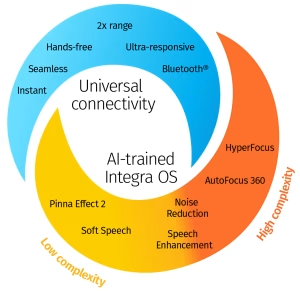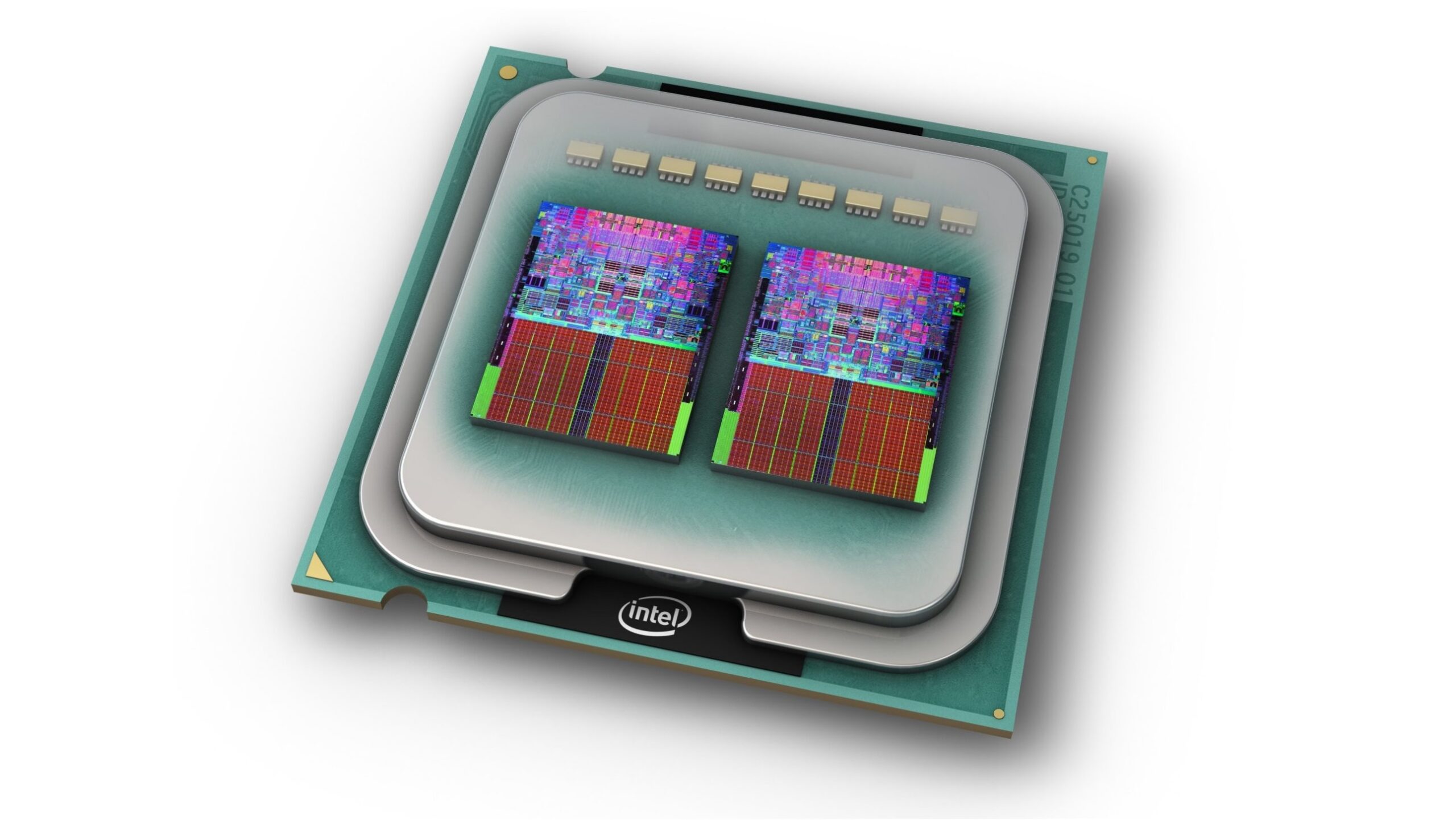

This technology refers to the use of two separate processing units or cores that work together to handle computational tasks more efficiently. Hearing aids specifically utilize dual-core processing to enhance sound processing capabilities and improve the overall performance of the device.
Here’s an overview of how dual-core processing works in hearing aids:
The two processing cores in a dual-core system are assigned specific tasks based on their capabilities and design. For example, one core may be dedicated to handling low-frequency sounds, while the other core focuses on high-frequency sounds.
Each processing core independently analyzes and processes the incoming sound signals within its assigned frequency range. This allows for specialized and focused processing of different portions of the sound spectrum.
The two processing cores work simultaneously and in parallel. They process their assigned frequency ranges simultaneously, allowing for faster and more efficient overall processing of the sound signals.
After processing the sound signals independently, the outputs of the two processing cores are integrated or combined back together. This integration ensures that the system synchronizes and presents the processed sound signals from both cores as a unified audio output to the wearer.
The processing algorithms implemented in each core are designed to complement each other and work in harmony. The algorithms take into account the specific characteristics and requirements of the assigned frequency ranges, optimizing the processing for those specific frequencies.
Dual-core processing leverages the strengths and capabilities of each core to optimize sound processing. By dividing the processing workload and utilizing specialized algorithms, the system can effectively handle complex sound environments, enhance speech intelligibility, and provide a more accurate and balanced representation of the acoustic environment.
Dual-core processing in hearing aids enables more advanced and efficient sound processing capabilities. By leveraging the strengths of multiple processing cores, the system can handle a broader range of frequencies, improve overall sound quality, and provide a more tailored listening experience for individuals with hearing loss.
Dual-core processing in hearing aids refers to the utilization of two separate processing units or cores that work together to enhance the sound processing capabilities of the device. This approach aims to improve the overall performance and efficiency of the hearing aid in handling complex sound environments.
The system assigns specific tasks based on their capabilities to the two processing cores in a dual-core processing system. For example, the system may dedicate one core to processing low-frequency sounds, while the other core focuses on high-frequency sounds. This division of processing tasks allows each core to specialize in analyzing and processing its assigned frequency range more effectively.
Each processing core works independently, analyzing and processing the incoming sound signals within its assigned frequency range. This independent processing enables specialized and focused treatment of different portions of the sound spectrum. By simultaneously processing their assigned frequency ranges in parallel, the two cores can handle the computational workload more efficiently, resulting in faster and more accurate sound processing.
After processing the sound signals independently, the outputs of the two processing cores are integrated or combined back together. This integration ensures that the processed sound signals from both cores are synchronized and presented as a unified audio output to the wearer. The coordinated algorithms implemented in each core work in harmony to optimize the processing for their assigned frequency ranges, taking into account the specific characteristics and requirements of those frequencies.
By leveraging the strengths and capabilities of each core, dual-core processing enhances the overall sound processing capabilities of the hearing aids. It allows for the handling of a broader range of frequencies, improved sound quality, and a more tailored listening experience for individuals with hearing loss. This technology can effectively handle complex sound environments, enhance speech intelligibility, and provide a more accurate and balanced representation of the acoustic environment.
Most hearing aid manufacturers incorporate dual-core processing or similar advanced processing technologies in their products. These technologies enhance the performance and capabilities of the hearing aids. Here are some notable examples:
The Nx, Xperience, and AX platforms all utilize multi-core technologies. Signia utilizes “Own Voice Processing (OVP)” technology, which incorporates dual-core processing. This technology focuses on optimizing the processing of the wearer’s own voice while maintaining natural sound perception.
Rexton Mcore and Bicore platforms have the same technology as do Signia’s hearing aids.
Phonak’s Lumity, Marvel, and Paradise platforms have duel core technology. Phonak features “AutoSense OS,” a technology that utilizes parallel processing in their hearing aids. It encompasses both dual-core and quad-core processing, adapting to different sound environments for improved sound quality.
Widex’s latest Moment and the EVOKE platform incorporate current technology. Widex incorporates “Sound Class Technology” in their Moment and EVOKE hearing aids, which utilize dual-core processing. This technology analyzes and classifies sound environments, allowing for adjustments to amplification settings accordingly.
Resound’s LiNX, Omnia, and Quattro platforms. ReSound developed a chip with a processing speed 100 times faster than previous models. While not explicitly mentioning dual-core processing, it incorporates advanced processing capabilities to deliver improved sound quality and performance.
It’s important to note that hearing aid technologies evolve rapidly, and manufacturers may have introduced new advancements since my knowledge cutoff. To obtain the most up-to-date information on specific hearing aids and their features, it is recommended to consult the respective manufacturers or reach out to a hearing healthcare professional like us at Hears to U, Hearing & Hearables.
Powered By SinglerDesign.com